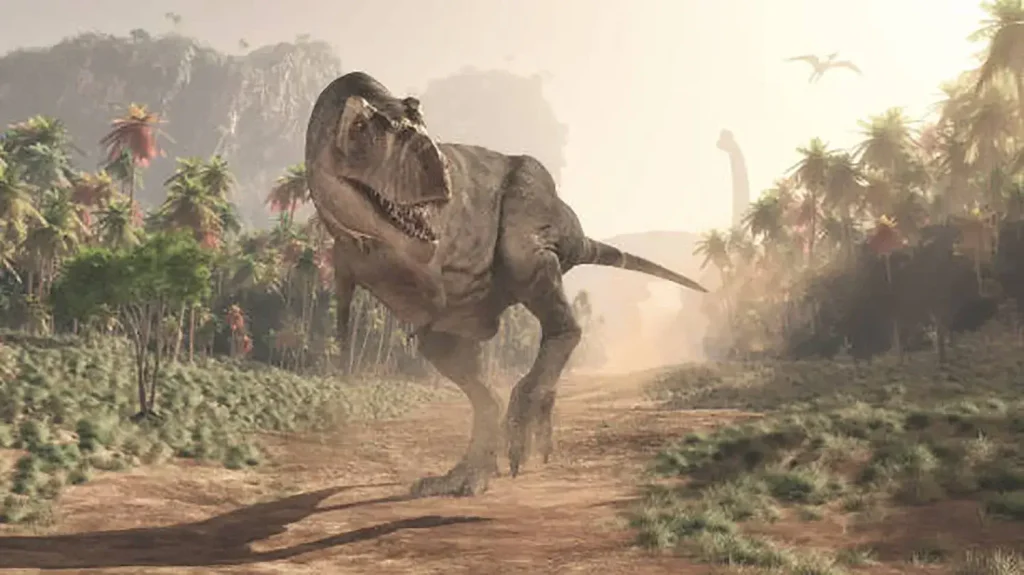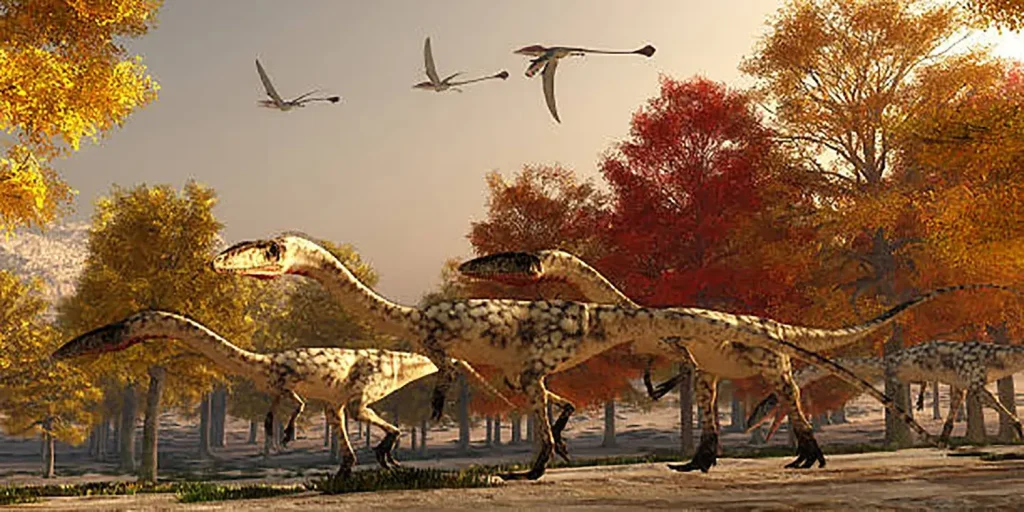The Complete Picture of Dinosaur Classification: Saurischia vs. Ornithischia, Defining Their Diverse Evolution.
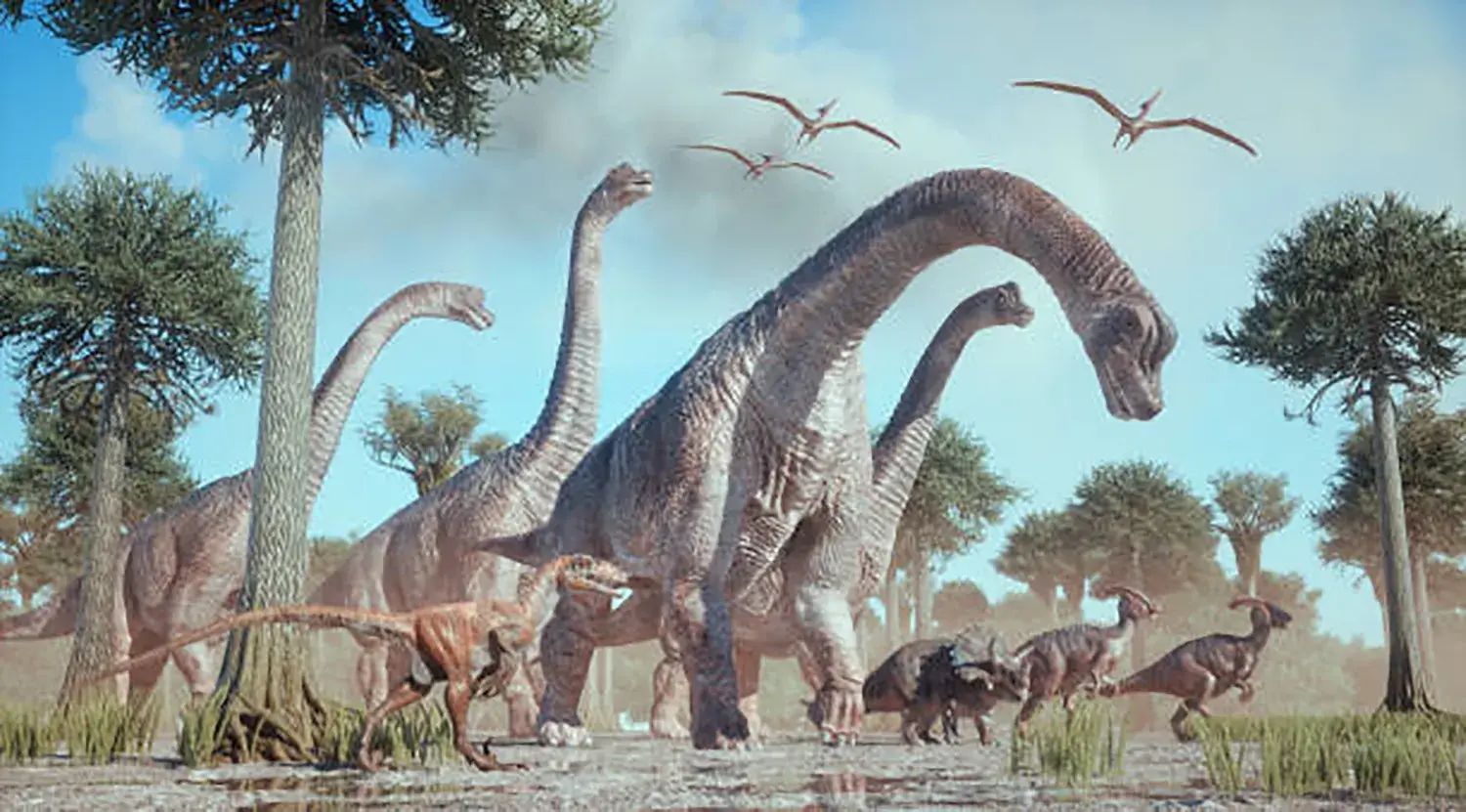
Dinosaurs are a group of reptiles that flourished during the Mesozoic Era (Triassic, Jurassic, and Cretaceous). Their name comes from the Greek words deinos (terrible/fearful) and sauros (lizard).
Dinosaur relatives first appeared in the Triassic period about 230 million years ago and ruled the Earth for a vast span of approximately 160 million years.
Chapter 1: The Two Main Pillars of Dinosaur Classification: Saurischia
Saurischia (Lizard-Hipped) is characterized by the forward and downward projection of the pubis bone, similar to a lizard’s pelvis.
This group includes the professional carnivores and the largest giants in history.
1. Theropods: Professional Carnivores and Ancestors of Birds
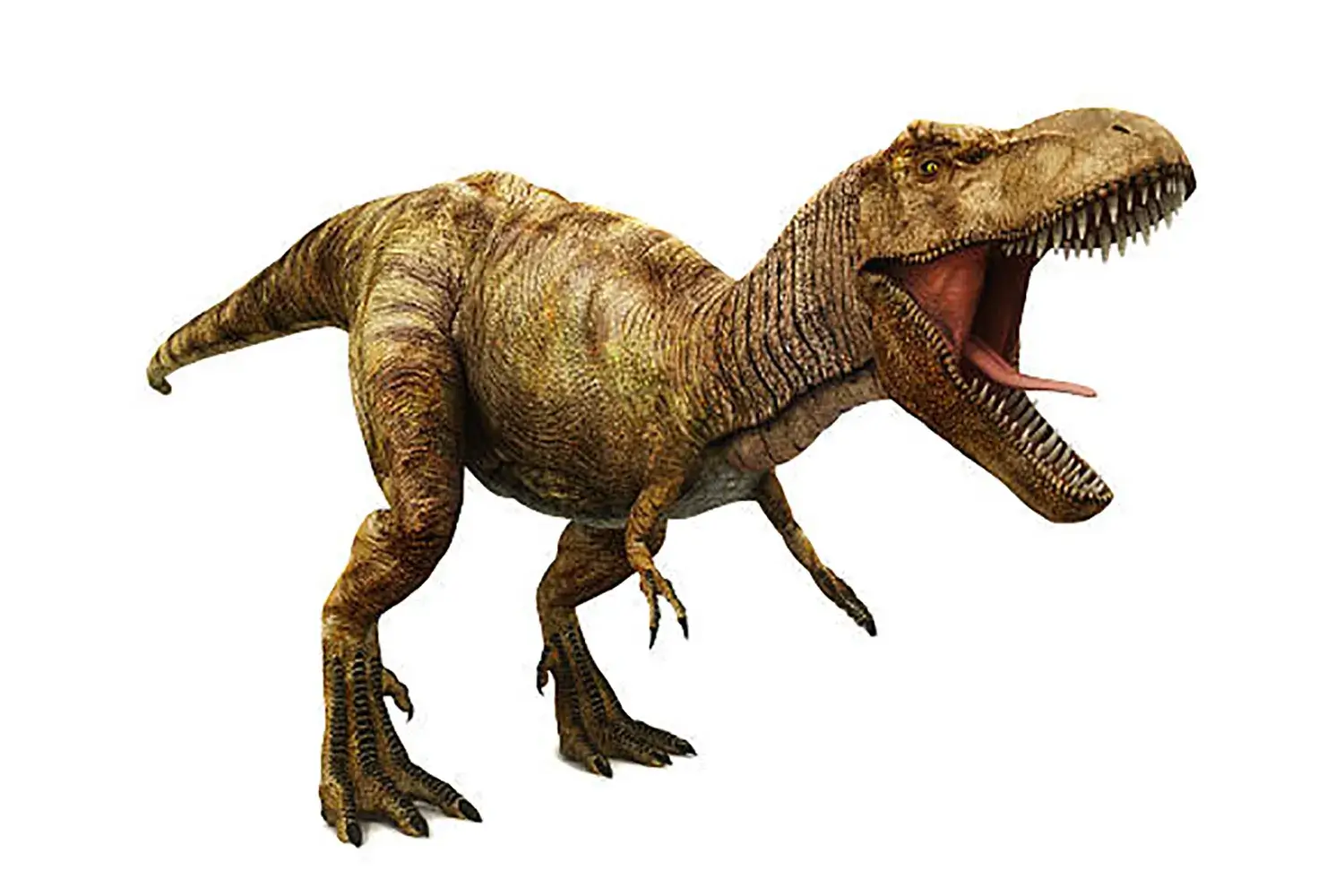
Representative Theropod Dinosaur: Tyrannosaurus
Characteristics
Popular carnivorous dinosaurs like Tyrannosaurus, Spinosaurus, and Velociraptor belong to this group, and all species were fundamentally bipedal.
Evolutionary Secret
Theropods eventually evolved into birds.
In that lineage, the pubis bone shifted backward, taking on a shape similar to a bird’s pelvis.
Archaeopteryx is also included in this group.
Dietary Diversity
Although most were carnivorous, recent discoveries show that some were herbivores, such as Jeholopterus, demonstrating dietary diversity.
Intelligence
Some species, like Velociraptor, are known to have been highly intelligent and displayed social behaviors, such as hunting in packs.
Representative Theropods
2. Sauropodomorphs: The Group with the Largest Bodies in History
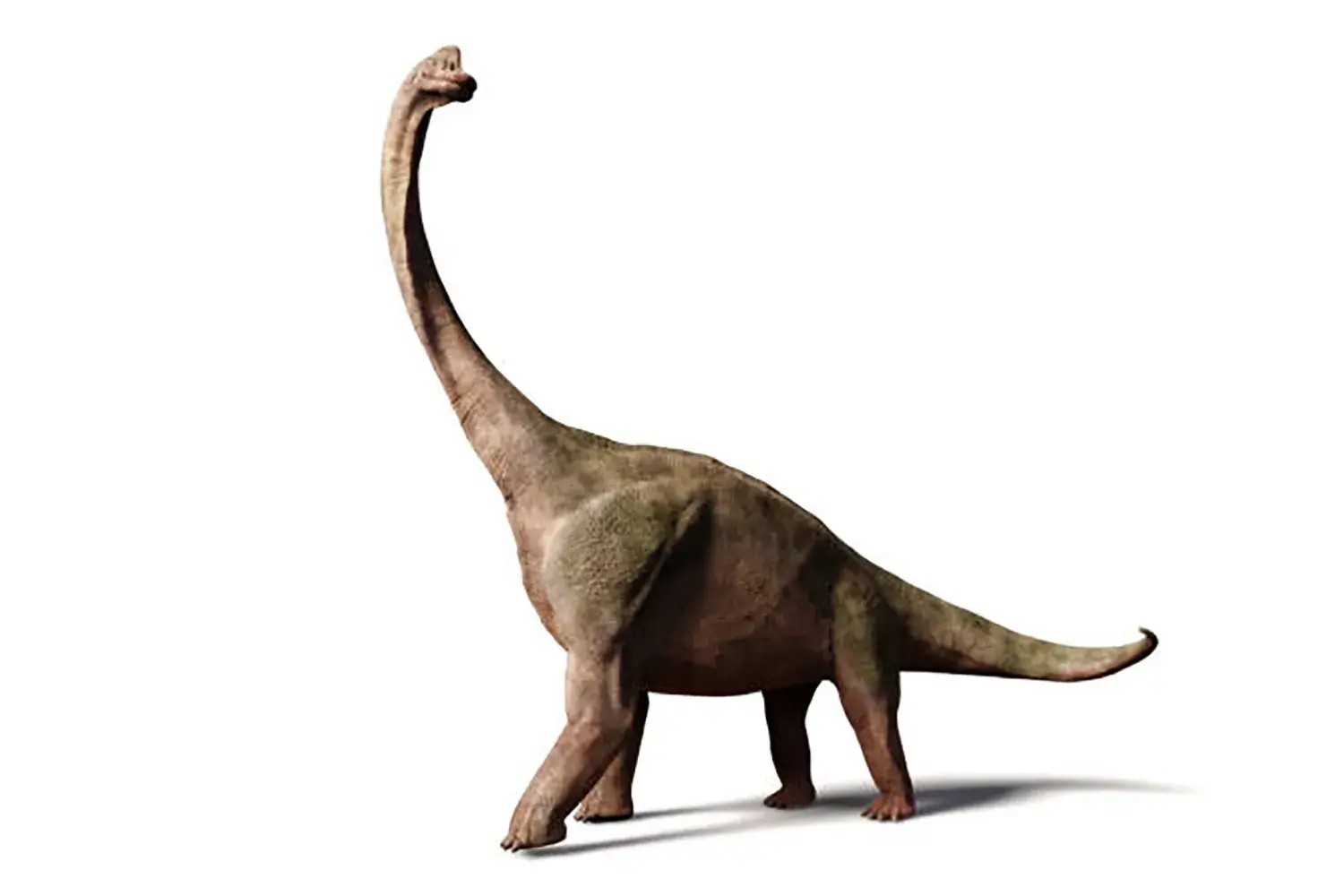
Representative Sauropodomorph Dinosaur: Brachiosaurus
Characteristics
This group includes giant, quadrupedal herbivorous dinosaurs, represented by Brachiosaurus and Argentinosaurus.
It includes the largest land animals in Earth’s history (over 30m long).
Skeletal Secret
It is believed that as they grew to massive sizes, they developed air-filled bones (pneumatic bones), which lessened the burden on their legs.
Their long tails helped them maintain balance and also functioned as a defensive weapon.
Evolutionary Process
Early species, such as Eoraptor, were bipedal, but as they grew larger, quadrupedal locomotion became the dominant mode.
Representative Sauropodomorphs
Chapter 2: The Other Pillar of Dinosaur Classification: Ornithischia
Ornithischia (Bird-Hipped) is characterized by the pubis bone extending backward, parallel to the ischium, resembling the pelvis of a bird.
All dinosaurs in this group were herbivores and possessed extremely diverse forms.
1. Ornithopods: The Group with Duck-like Beaks
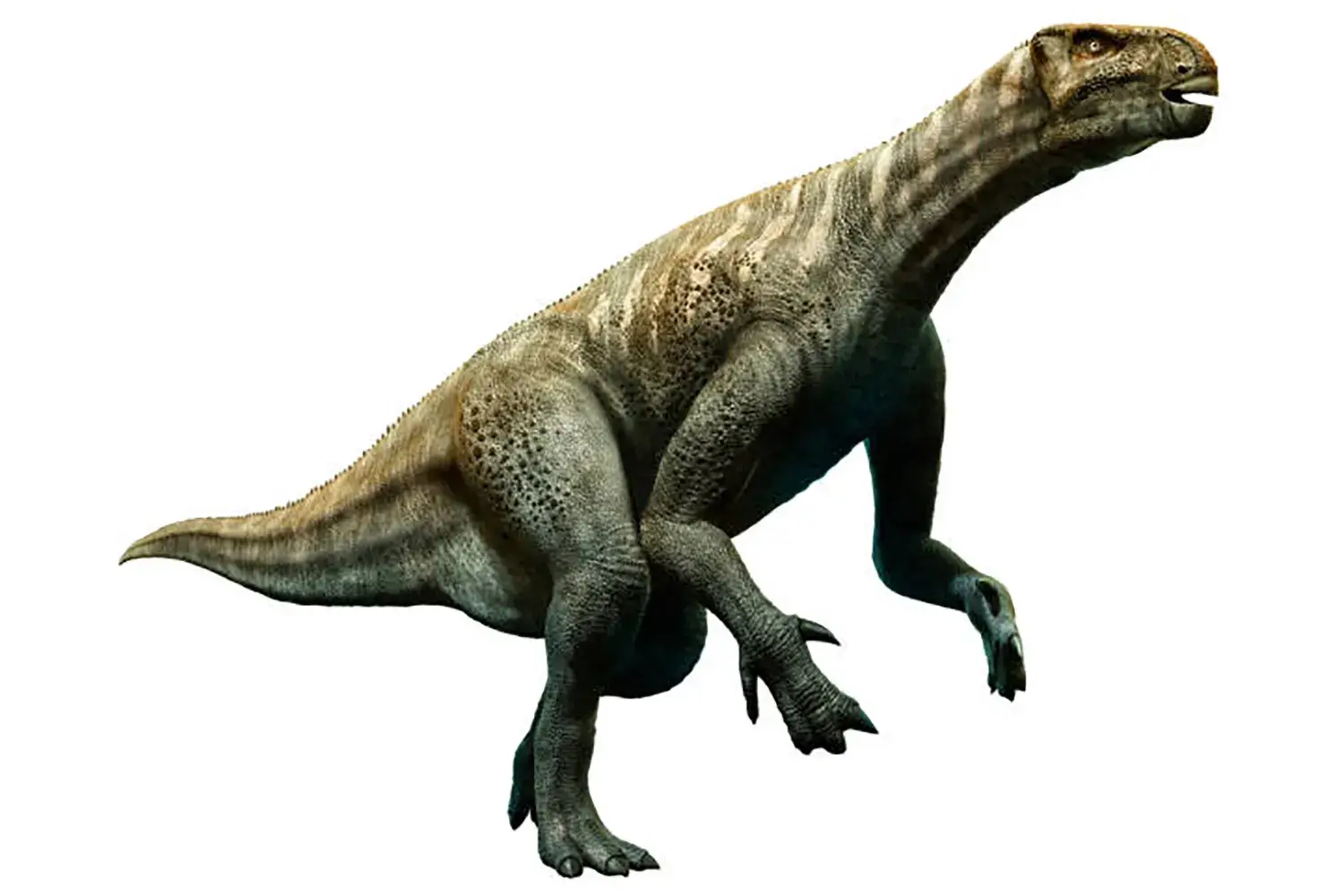
Representative Ornithopod Dinosaur: Iguanodon
Characteristics
This group is represented by Iguanodon and the Hadrosauridae family (duck-billed dinosaurs, such as Parasaurolophus and Edmontosaurus).
They are characterized by a long, flat, duck-like mouth (beak) and used specialized cheek teeth, called a dental battery, to grind plants.
Representative Ornithopods
2. Marginocephalians: The Group with Elaborate Head Ornaments
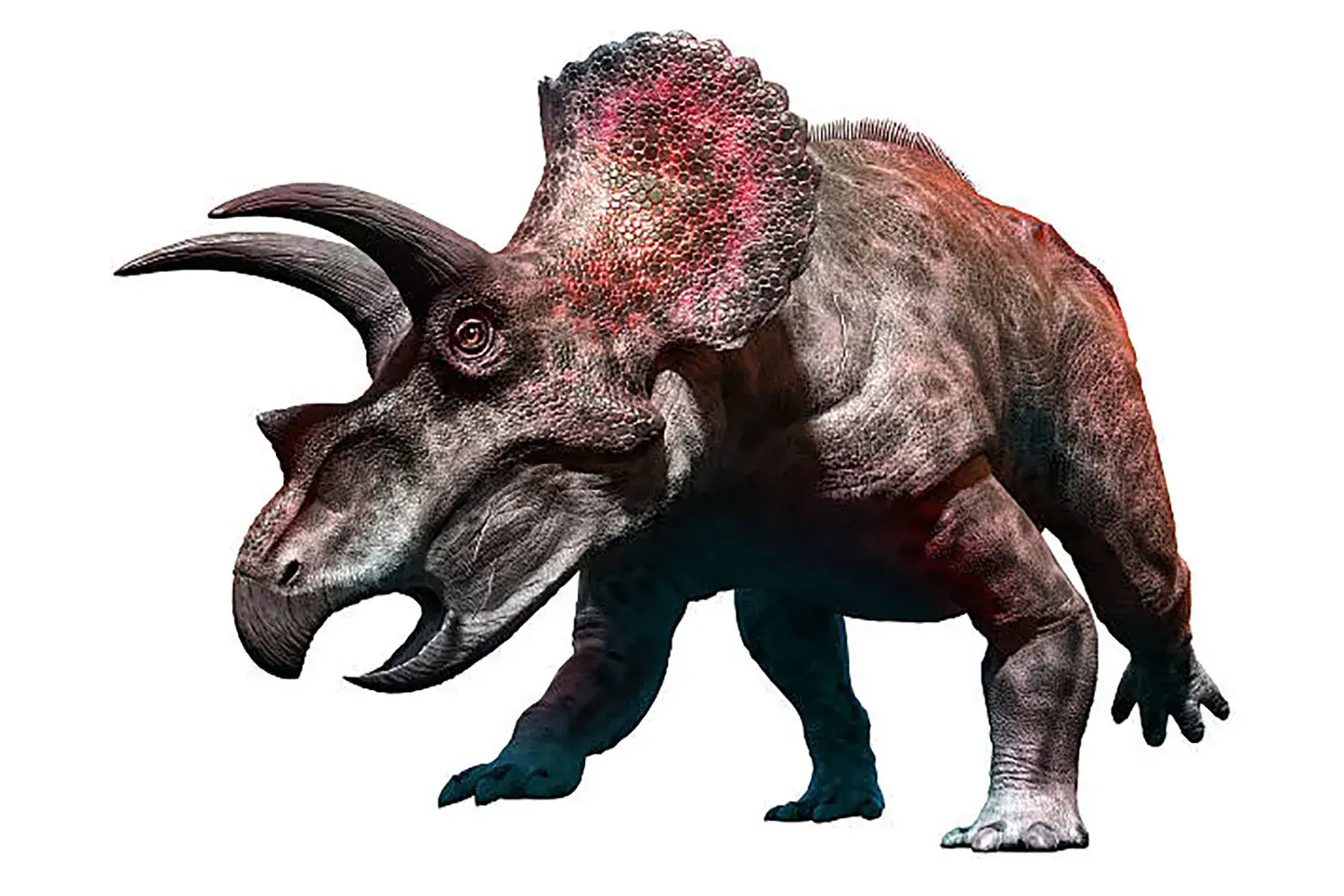
Representative Marginocephalian Dinosaur: Triceratops
Ceratopsians
Represented by Triceratops, they are characterized by large horns and a frill (neck shield).
The frill is believed to have helped protect the neck from attacks by predators.
Pachycephalosaurs
A group with dome-shaped, thick skulls, such as Pachycephalosaurus.
Representative Marginocephalians
3. Thyreophorans: Defense Specialists with Armor and Spikes
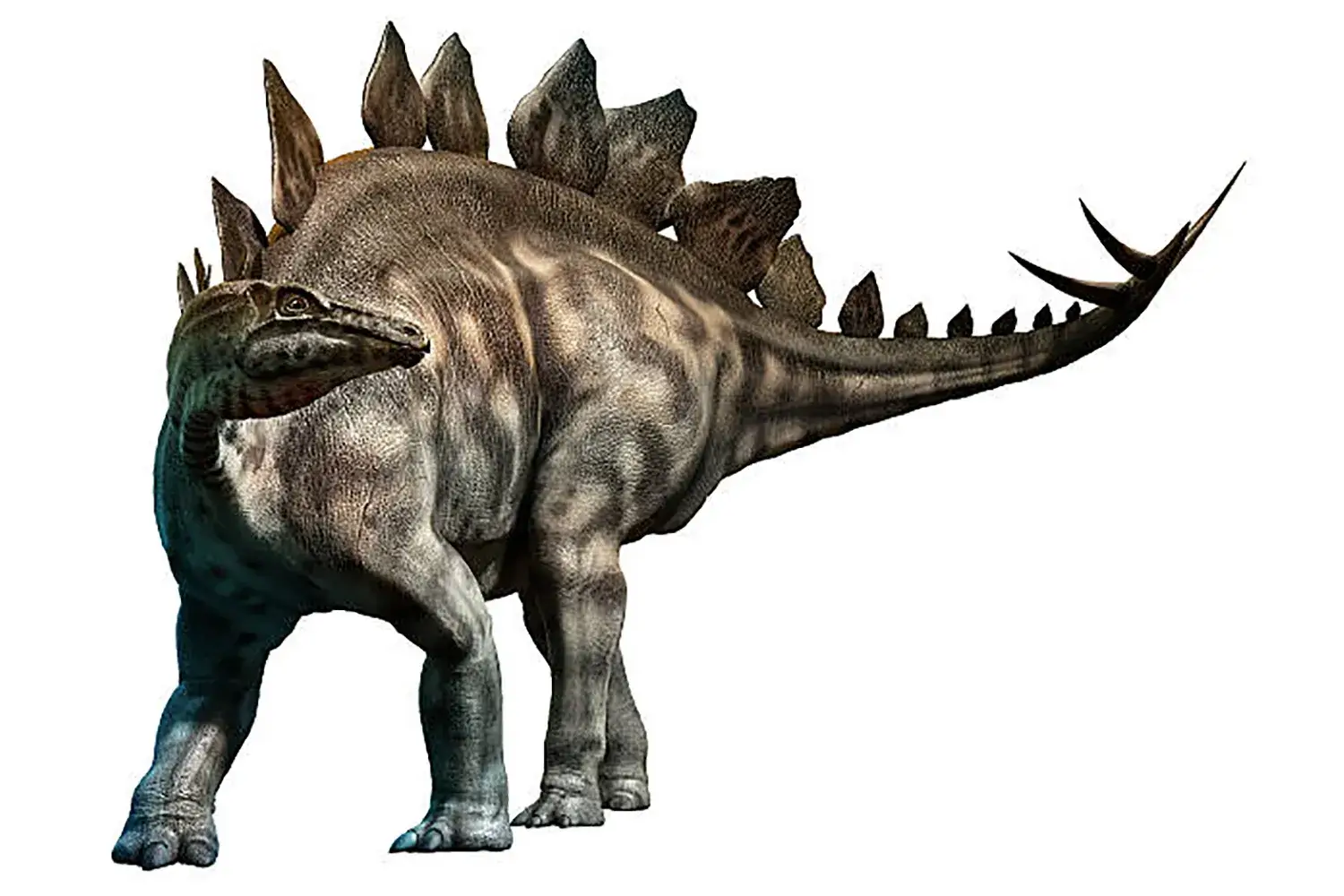
Representative Thyreophoran Dinosaur: Stegosaurus
Ankylosaurs
Represented by Ankylosaurus, they were highly specialized for defense, often featuring a club on the end of their tail.
Stegosaurs
Represented by Stegosaurus, they are characterized by the large bony plates on their backs.
This armor and these plates are thought to have been used for defense and combat.
Representative Thyreophorans
Chapter 3: The Definition of Dinosaurs and Criteria for Classification
The term dinosaur is often thought to refer to all giant ancient reptiles, but it is very strict academically.
1. Academic Definition and Upright Posture
Academically, dinosaurs are defined as “the most recent common ancestor of birds and Triceratops, and all of their descendants.”
More simply, a dinosaur can be thought of as a “reptile with an upright posture.”
For example, crocodiles walk with bent joints, but dinosaurs possess the definitive feature that sets them apart from other reptiles: their legs extend straight downward without bending the joints.
2. Creatures Often Mistaken for Dinosaurs
Creatures that do not fit the definition of upright posture are distinguished as “non-dinosaurian reptiles.”
Pterosaurs, such as Pteranodon, are a sister group to dinosaurs, and marine reptiles, such as Mosasaurus and Plesiosaurus, are not included in the Dinosauria group.
3. Secrets of Dinosaur Names and Fluctuations
The suffix “saurus” found in dinosaur names is a Greek word meaning “lizard” (reptile).
Dinosaur research is constantly advancing, and previous conventional wisdom is often overturned.
For instance, when fossils once believed to be different species are found to be the same, the name first given is standardized, and the other name may be canceled.
Additionally, the size of a dinosaur is an estimation based on fossils, so the numerical values may change as research progresses.
Chapter 4: The Truth That Birds Are Dinosaur Survivors
Modern birds are the direct descendants of dinosaurs that evolved from small theropods.
In current taxonomy, “birds are dinosaurs (theropods) themselves” and are included in the academic definition.
Extant birds number about 10,000 species, representing a population that is more diverse and widespread globally than mammals (less than 5,000 species).
Given the thriving existence of birds, it can be said that the history of dinosaurs is still ongoing.
